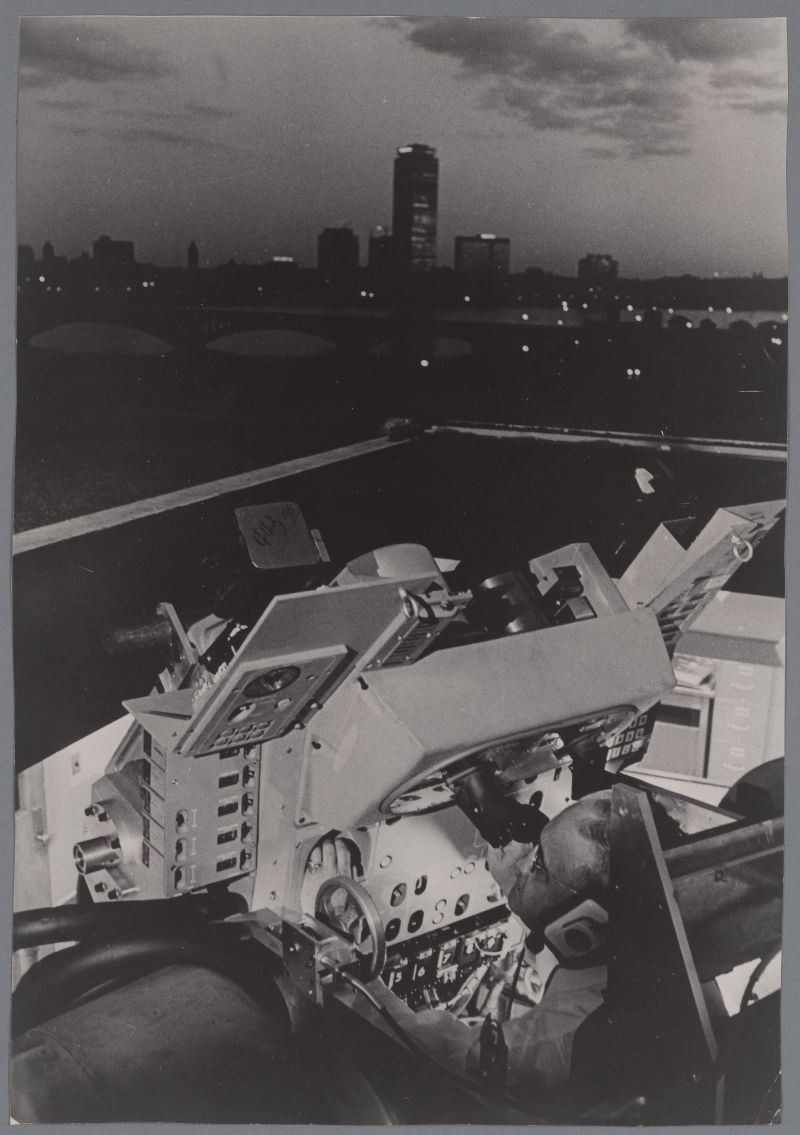
NASA Saturn C-1 (Saturn I) rocket model

Description
Demonstration model of Saturn C-1 (renamed Saturn I in February 1963) rocket in wood case. The model can be disassembled to show the various stages. Werner von Braun's unit at the Army Ballistic Missile Agency (ABMA) did the initial research and development of the Saturn family of rocket vehicles beginning in 1957. This team became the nucleus of the new NASA Marshall Space Flight Center in 1960. There was initial difficulty in deciding if the C-1 should have two or three stages, delaying the development of this rocket (which along with the Saturn IB was key to the development of the Saturn V launch vehicle). The second stage incorporated into this model is labeled (confusingly) S-IV, designed and produced by Douglas. It proved complicated rocket was a liquid hydrogen fueled engine (confusingly) called S-IV. This model included an interial guidance and control instrument unit just above the S-IV stage. It was an adaptation of the IBM computer used on the Titan II missile.
Additional Information
NASA Associate Administrator Robert C. Seamans, Jr. used this model (and others in the MIT Museum collection) to explain the Apollo program in the early 1960s to senior elected officials including Presidents John F. Kennedy, Lyndon B. Johnson and members of both houses of Congress. Built by the model shop of the NASA Marshall Space Flight Center, the model could be diassembled to explain the various stages of the launch. Normally displayed in Seamans office at NASA headquarters, the shop built a custom wooden case allowing for easy and safe transport (or shipping). It is possible that this particular model is the one featured on the cover of Seamans' autobiography "Aiming at Targets" (NASA-SP-4106).
Related people






